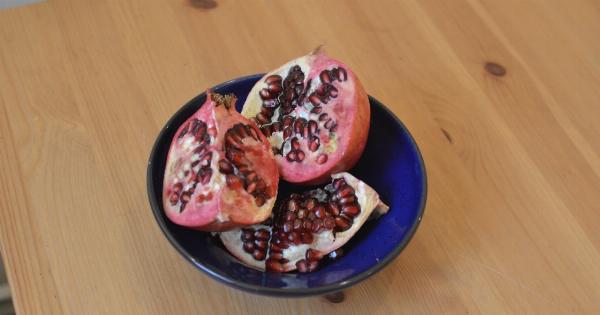Eating out has become a common part of our daily lives. With hectic schedules and limited time for cooking at home, families often find themselves relying on restaurants and fast-food chains for meals.
While eating out can be convenient, it often comes with unhealthy food choices and portion sizes that can take a toll on our teenagers’ health.
Why is Eating Out Unhealthy for Teenagers?
Teenagers are at a crucial stage of growth and development, and their nutritional needs are different from those of adults.
Unfortunately, many restaurants prioritize taste and convenience over nutritional value, leading to an abundance of unhealthy options on their menus.
Unhealthy eating habits developed during adolescence can have long-term consequences on their health, including an increased risk of obesity, cardiovascular diseases, and nutritional deficiencies.
However, by following these 7+1 tips, you can help your teenagers make healthier food choices when eating out:.
1. Research and Choose Healthier Restaurants
Before heading out to eat, take some time to research local restaurants that offer healthier options. Look for establishments that focus on fresh ingredients, offer vegan or vegetarian choices, or cater to specific dietary needs.
Choosing a restaurant that prioritizes healthy eating will make healthier options readily available for your teenagers.
2. Plan Ahead
Encourage your teenagers to plan ahead before going out to eat. Many restaurants provide their menus online, allowing them to review and select healthier options in advance.
By planning their meal in advance, they can avoid impulsive, unhealthy choices at the restaurant.
3. Encourage Water as the Beverage of Choice
Sugary beverages, such as sodas and fruit juices, are often high in calories and devoid of nutritional value. Encourage your teenagers to choose water as their beverage of choice when dining out.
Water helps them stay hydrated without adding any extra calories or sugar to their meal.
4. Opt for Grilled or Baked Options
When it comes to choosing main dishes, steer your teenagers towards grilled or baked options instead of fried or breaded ones.
Grilled chicken, fish, or vegetables are healthier alternatives to fried versions, as they contain less unhealthy fats and calories.
5. Promote Balanced Meal Choices
Help your teenagers understand the importance of a balanced meal. Encourage them to include a variety of food groups in their meal when eating out. A balanced meal should consist of lean protein, whole grains, and a variety of fruits and vegetables.
By educating them about the importance of balanced nutrition, they will make better choices when ordering their meals.
6. Watch the Portions
Portion sizes at restaurants have increased significantly over the years, often exceeding the recommended serving sizes. Teach your teenagers to be mindful of portion sizes by sharing meals or asking for smaller portions.
It’s essential to help them recognize when they are full and avoid overeating.
7. Be a Role Model
As a parent or guardian, be a positive role model for your teenagers. Show them how to make healthy choices when eating out by practicing what you preach. Opt for healthier options yourself, choose water as your beverage, and demonstrate portion control.
Your actions speak louder than words and can greatly influence their eating habits.
+1. Encourage Smart Snacking Between Meals
Teenagers often get hungry between meals, and snacking can sometimes derail their efforts to eat healthily. Encourage smart snacking choices by keeping fresh fruit, nuts, or yogurt readily available.
These options provide essential nutrients and will keep them satisfied until their next meal.
In Conclusion
By following these 7+1 tips, you can help your teenagers make healthier choices when eating out.
Teaching them about balanced meals, portion control, and the importance of healthy options will empower them to make informed decisions about their nutrition.
Remember, promoting good eating habits is a lifelong journey. By being involved and supportive, you can positively influence your teenagers’ health and set them on the path to a healthy future.






























